|
The Harmon Museum’s Armstrong Gallery of Flight has been accepted as a member of the Dayton, Ohio’s Historic Aviation Trail, “a non-profit corporation in partnership with the National Park Service, to promote Aviation Heritage in the Dayton region.”
The Armstrong Gallery of Flight houses a collection of rare aviation related artifacts including Orval Wright’s top hat worn at the Wright Brothers’ Homecoming Celebration in June of 1909. Also on display are items gifted from Neil Armstrong and artifacts relating to the incredible legacy of Ohio’s Flying Farmers. Other sites on the historic Aviation Trail include The Wright Cycle Company, Carillon Historical Park, and the National Museum of the United States Air Force. For more information on the Armstrong Gallery of Flight, click here. It is open, along with the rest of Harmon Museum, from 10-4pm, Tuesday-Saturday.
0 Comments
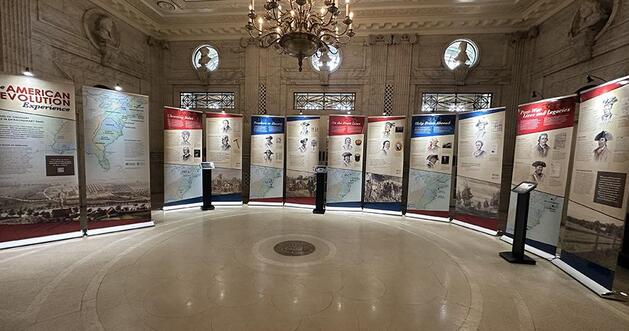 Thanks to the initiative of the Harmon Museum and the Turtlecreek Chapter of the Daughters of the American Revolution (DAR), the Harmon Museum will be one of the first two museums in the country to host the American Revolution Experience, a collaborative project of the American Battlefield Trust and the National Society of the DAR, in Washington DC. This new traveling exhibit, "connects modern audiences nationwide with the people and places that shaped the birth of our nation using visuals & technology." The Harmon Museum will also be displaying unique Revolutionary War artifacts from its own collection. The American Revolution Experience will be on display at the Harmon Museum’s Armstrong Conference Center (121 S. Broadway, Lebanon, Ohio 45036) January 16 through February 16. For more information, visit the American Battlefield Trust's website or our special exhibits page.  1908 Buick Model D On display in Harmon Museum. Gift of the Ertle Family David Dunbar Buick, Walter Marrs and Eugene Richard started building the Model B automobile in Flint, Michigan in 1904. The Model D was the first full-sized Buick to join the smaller Model B in 1907. The Model D has a four-cylinder, 255.0 cubic inch T-head engine that was installed in the front with a rear-wheel drive and was one of the only cars with side valves that Buick made. The brakes on the Model D are mechanical with levers attached to the rear axel and drive shaft. FUN FACT: 1908 was the last year Buick used kerosene for their lamp headlights. In honor of Memorial Day, listen to the stories of those that made it home.
In Honor & Remembrance is a collection of conversations with over 35 veterans ranging in age from 27 to 96, covering wars and conflicts from World War II to Iraq and Afghanistan. Excerpt taken from:
The History of Warren County Ohio Part III. The History of Warren County by Josiah Morrow Chapter VIII. The Distinguished Dead This distinguished member of the bar was born at Lebanon December 17, 1807. His father, Enos Williams, was an early teacher of Warren County, and held several important civil offices, and among others, that of County Recorder for a period of fourteen years. John Milton received a good English education. In his boyhood, he assisted his father in the Recorder's office, and also wrote in the office of the Clerk of Court. His handwriting was legible, bold and rapid, and the training he received as a copyist at the court house was of benefit to him in his future profession. He studied law with Judge George J. Smith, and, before he had reached the age of twenty-four years, on the 7th of June, 1831, was admitted to the bar at a term of the Supreme Court held at Lebanon, with Judges Peter Hitchcock and Charles R. Sherman on the bench. Gen. Robert C. Schenck, who had completed his legal studies under Thomas Corwin, was admitted at the same time and place. Young Williams was poor, and was compelled to rely wholly on his own exertions. In after years, he wrote: "When I went out into the wide, wide world in business, on my own hook, I had two dilapidated shirts and a poor suit of clothes to match them. I opened my office in a cellar, with three musty old Ohio statutes, given me by my old father, which he had held as a public officer. This was my entire stock in trade." He soon acquired distinction at the bar. Not long after he began practice, he became Prosecuting Attorney —a position he held for twelve consecutive years. He was candid with his clients, and never misrepresented a case in consultation to encourage litigation. He charged lower fees for his services than other lawyers of the same rank. His popularity and personal influence with the masses were very great. For several years, he had a larger number of cases on the dockets of the courts than any other lawyer of the county, and was the attorney on one side of almost every important case. He could readily sway the minds of jurymen, and in the examination of witnesses he exhibited consummate skill. In 1850, he was elected a member of the convention which framed the second constitution of Ohio, and in 1857 he was elected Representative in the General Assembly of Ohio as an independent candidate over the regular Republican nominee. He was Major of the militia, and was uniformly known as Maj. Williams. In politics, he was a Whig, and afterward a Republican. The last years of the life of Maj. Williams are a sad history, over the details of which it is best that the mantle of oblivion should be drawn. Habits of intemperance separated him from his wife and family, and brought him to misery and want before he was yet old. He saw the extremes of life. He rose from poverty and obscurity to wealth and distinction; he sank again to obscurity and poverty. When possessed of considerable means, accumulated by his own energy and ability, he erected for his residence one of the finest mansions which had, up to that time, been constructed in the county; he died without a home. When the legal proceedings were commenced which took from him the ownership and control of his property, he wrote and read in the court in which he had practiced with eminent success: "God help me! I am a miserable and ruined man! Let the curtains of oblivion rest over the whole affair until that great day when all things shall be brought into judgment." He died July 21, 1871, aged sixty-four years, and was buried in the Lebanon Cemetery.
Lebanon native and wealthy real estate developer William Elmer Harmon founded the Harmon Foundation in New York in 1922. Originally the new foundation supported the creation of playgrounds throughout the United States, the production of films about biblical subjects, and health care programs. However, it is better known today as the first major foundation supporting African-American creativity and ingenuity. W.E. Harmon's father was an officer in the 10th Cavalry regiment, a black unit known as the Buffalo Soldiers. Being raised among the soldiers had an impact on the young boy, and formed an accepting attitude toward African-Americans. Later in life, Mr. Harmon was moved after meeting a young African American artist in New York who was unable to sell his paintings because of his race. With a new focus, the Harmon Foundation began presenting cash awards in 1925 to African-Americans for distinguished achievement in eight fields: fine arts, literature, music, race relations, business, religious service, education, and science. Between 1927 and 1933, the Harmon Foundation was one of the first to give national recognition to the achievements of African-Americans. It is best known for its impact on the art of the Harlem Renaissance. Among the many recipients of the awards were; Countee Cullen, Claude McKay, Langston Hughes, James Weldon Johnson, Laura Wheeler Waring, Sargent Johnson, and Walter White. Hale Woodruff and Palmer Hayden were the very first recipients of the William E. Harmon Foundation award for Distinguished Achievement Among African Americans for the Fine Arts. The purpose of the awards were to stimulate creative achievement and bring attention to the work being accomplished by African American artists. The Foundation closed in 1967 and dispersed its considerable art collection to the Smithsonian’s Art Museum and the National Portrait Gallery, and other institutions. The Harmon Foundation is best known for its impact on the art of the Harlem Renaissance. Among the many recipients of the awards were; Countee Cullen, Claude McKay, Langston Hughes, James Weldon Johnson, Laura Wheeler Waring, Sargent Johnson, and Walter White.
Hale Woodruff and Palmer Hayden were the very first recipients of the William E. Harmon Foundation award for Distinguished Achievement Among African Americans for the Fine Arts. The purpose of the awards were to stimulate creative achievement and bring attention to the work being accomplished by African American artists. The Foundation closed in 1967 and dispersed its considerable art collection to the Smithsonian’s Art Museum and the National Portrait Gallery, and other institutions. - Michael Coyan Marcus Mote, born on June 19, 1817 in Miami County, Ohio, was a self-taught artist who pursued a career in painting from his studio in Lebanon. He was very talented and was able to achieve great success throughout his lifetime. However, today he is not only known for his artistic ability, but also for his Quaker heritage. Even though Quakers were critical of art, Mote was able to harmonize his conservative culture with the progressive ideas of the 19th century in his creation of four panoramas during the 1850’s.
A panorama is a piece of artwork that is considered to be an ancestor of a modern day film. It consisted of a series of painted scenes, each about nine feet high and fifteen to sixteen feet wide, which together would create a story. The scenes would slowly rotate around a hidden mechanism, and as the scenes passed, the story was told by a narrator, called a professor. Marcus Mote’s first panorama debuted on May 9, 1853 in Lebanon Court House to a large audience. It was a recreation of Harriet Beecher Stowe’s famous anti-slavery novel Uncle Tom’s Cabin. Thus, it portrayed the story of Uncle Tom, a slave, and the harsh reality of his life. Mote’s panorama was successful in staying true to the novel’s plot; however, his artistic talent truly exemplified the deep emotions felt by the characters. The panorama’s first public appearance was overshadowed by another panorama exhibit in the area, but it nevertheless received glowing critical reviews. Mote’s second panorama was based off of Milton’s poems Paradise Lost and Paradise Regained. These two poems are descriptions of the biblical story of the Garden of Eden. It premiered on October 14, 1853, about six months after the debut of his first panorama. It also received sterling reviews, especially for Mote’s portrayal of the lush Garden of Eden. The third panorama, titled the Geological History of the Course of Creation, was Mote’s largest. It was comprised of a total of forty scenes, which were painted on a total of six thousand square feet of canvas. It was inspired by the eternal beauty of Niagara Falls, and required him to do considerable research into geology and paleontology. This research allowed him to create what he believed to be a comprehensive history of the earth and the creation of mankind. Mote was commended for his ability to harmonize the biblical representation of creation and the version maintained by geologists. Its presentation included music directed by a man known as Professor Schuler, and the panorama was very well received by a large audience. Mote’s fourth and final panorama was a series of scenes promoting the virtues of temperance. For its debut, Mote hired Luximon Roy, an eccentric East Indian prince, to narrate the panorama as well as to share aspects of his culture. The enthusiastic audience considered by the painting as well as the lecture to be brilliant. This panorama was also at a later time narrated by the famous temperature lecturer M.M. Edwards of Cincinnati. The creation of these four panoramas was a major stepping stone for Mote’s career. The popularity that he attained by creating panoramas stayed with him as he moved on to portraiture and landscapes. Unfortunately, none of these four panoramas exist today. However, from the numerous glowing reviews and descriptions that do exist today, it is evident that he was very talented as well as beloved by the people of Lebanon. Written by Kaitlyn Barnes On this Day in History. U.S. General Gordon Granger came to Texas, two months after the South's surrendered (four years after the signing of the Emancipation Proclamation), and read General Orders No. 3: “The people of Texas are informed that, in accordance with a proclamation from the Executive of the United States, all slaves are free.”
Below, an 1845 illustration of freed slaves carrying the Emancipation Proclamation.  Joyce Lovins Browning is a native of Ohio growing up in the Harrison and Okeana areas. She has been performing Living History for over 19 years. She retired after 20 years as the Naturalist Coordinator from Great Parks of Hamilton County in 2018, and now enjoys working as a part-time Tour Coordinator for Ohio Travel Treasures, sending groups on wonderful bus tour adventures. She'll be portraying Annie Oakley in our April Lunch and Learn. Anna Middleton (1786-1861) On March 29, 1805, when she was 19-years-old, Anna Middleton became the first woman and the second person west of the Appalachian Mountains to become a Shaker. Anna was also a former enslaved African American. Anna was from Virginia and was freed by “her owner” shortly after coming to Ohio. Old Shaker records at the Union Village in Warren County called her, “honest and kind-hearted.” In 1805, because of her gender and race, the non-Shaker “world” would have treated Anna as a second-class citizen or lower. That was not the case at Union Village. Anna was a Shaker for 56 years. She died on April 10,1861; a month short of her turning 75. Two days after her death, on April 12, Fort Sumter in Charleston harbor, South Carolina was attacked by Confederate troops beginning the Civil War. In 1895, 89-year-old Job Mullin from Springboro, a known member of the Underground Railroad, the secret network that helped enslaved individuals obtain freedom, wrote, “I can give but three names of [UGRR] stations- Shaker Village, Waynesville, and Springboro.”
- written by John Zimkus 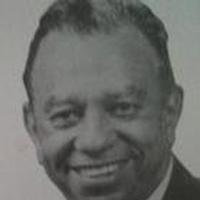 James Richard Mills (1932-2013) James Mills was Lebanon, Ohio’s first African-American mayor. He was born in Lebanon on August 8, 1932. A 1950 graduate of Lebanon High School, he served in the U.S. Army in Korea. He and his wife Loretta had three children. An avid musician, he was active in the Bethel AME Church, where he sang in the choir and acted as church treasurer. He was also a member of the Lebanon Kiwanis Club and the Lebanon Softball Association. For 39 years he worked for the Ohio Department of Transportation. After serving on the planning commission and community development committee, he was elected to the Lebanon City Council in 1993, and became Lebanon’s mayor in 1997, serving in that role until 2001. Mr. Mills died on October 12, 2013. James Mills once said, “Having been born and raised in this city, I have grown to really care about it and all the things that make it what it is today. . . I really want . . . to serve all the citizens of this lovely city.” - written by John Zimkus On this day, in 1815, the burned U.S. Library of Congress is re-established with Thomas Jefferson's personal collection of 6,500 volumes. The previous collection, then housed in the Capital building, had been burned on August 24, 1814 as part of an attack on Washington during the War of 1812. Invading British troops marched into Washington under order to lay waste to the unfinished Capitol and other public buildings. The resulting fires reduced all but one of Washington D.C.'s major public buildings to ruins, and only a severe thunderstorm saved the Capitol from being completely destroyed.
Unfortunately, a second fire, on Christmas Eve of 1851, burned the Library of Congress again, destroying nearly two thirds of Jefferson's original collection. 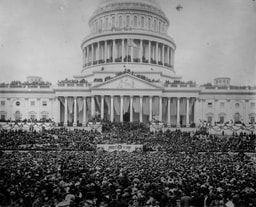 Today, January 20th, is Inauguration Day. However, it wasn't always this way. The first Inauguration Day, in 1789, was on March 4th. This four month period was needed to count votes and relay numbers to Washington. This lengthy Lame-Duck period created several problems throughout history. In the months following the 1860 election, as states succeeded from Union, Lincoln was unable to act and outgoing president, James Buchanan. chose to do nothing. The final straw was in 1933, when president-elect, Franklin D. Roosevelt, had to wait months to enact his New Deal plan in the midst of the Great Depression. With the advancement of technology, such a long period was no longer needed. Congress ratified the 20th Amendment in 1933, changing Inauguration Day to January 20th, The first time a president was sworn in on this day was four years later, when Roosevelt was sworn in for a second term. 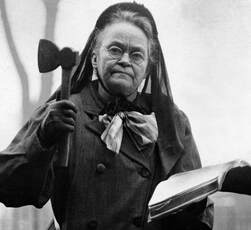 Carrie Nation: “Lebanon is The Vilest, Wickedest Town Of Its Size I Have Ever Been In.” by John Zimkus, WCHS Historian/Education Director Carrie Nation was a flamboyant temperance advocate, and one of the most famous women in America at the turn of the 20th century. She was colorful in her actions, almost always having a hatchet in one hand, and the Bible in the other. She was, however, not very colorful in dress, typically wearing stark black-and-white clothing. She was in many ways bigger than life. She stood 6 feet tall and weighed about 175 pounds. She was born Carrie Moore in Garrard County, Kentucky in 1846. She got the last name of Nation in 1874 when she married David A. Nation. He was her second husband and 19 years her senior. David was an attorney, as well as a minister. (He first husband was a young physician, Charles Gloyd. She left him after a few months of marriage because of his alcoholism.) Carrie Nation began her temperance work in Medicine Lodge, Kansas when she started a local branch of the Woman's Christian Temperance Union. On June 5, 1900, she felt she had received a heavenly vision. Responding to the revelation, Nation gathered several rocks — "smashers," she called them — and proceeded to Dobson's Saloon. Announcing "Men, I have come to save you from a drunkard's fate," she began to smash the saloon's stock of liquor with her stones. Carrie’s husband joked that she should use a hatchet next time for maximum damage. Nation replied, "That is the most sensible thing you have said since I married you.” The couple divorced in 1901. By that time, she was nationally known for her attacks on the “demon rum.” Between 1900 and 1910, she was arrested some 30 times for her "hatchetations," as she called them. Nation paid her jail fines with the money she earned from lecture-tour fees, sales of souvenir hatchets and hatchet pins, and photographs of herself. The sale of souvenir hatchets, at times, earned her as much as $300 per week. Carrie, because of her barroom destructive ways, was physically assaults numerous times. Many saloons across the country erected signs in their establishments with the slogan — "All Nations Welcome But Carrie.” In the fall of 1904, The Warren County Fair Association announced that “Mrs. Carrie Nation” would be a “Special Attraction” at the Warren County Fair that year. She was scheduled to speak at 2 p.m., on Wednesday, September 21, 1904, the second day of the four day fair. Lebanon’s Western Star newspaper, on September 22, reporting on her speech said that Carrie “at once grabbed a cigarette from the mouth of a youngster and proceeded into a short address in which she poured broadsides into the saloons.” It said the fairground crowd “jeered and hooted at her.” After her talk, Carrie traveled the quarter mile or so south to the heart of Lebanon. She “made a round of the business houses and saloons,” the village’s highest concentration of bars was on E. Mulberry Street in 1904. As she visited the area, she proclaimed the Bible “was her hatchet” on that day. Carrie Nation remained in Lebanon for two more days, leaving on Friday, September 23, 1904. According to The Western Star, “Carrie Nation’s opinion of Lebanon was not such as would give the town a good recommendation unless people will consider the source. She said, ‘Lebanon is the vilest, wickedest town of its size I have ever been in.’” The newspaper went on to say, “Carrie behaved so badly on the streets that the Marshal [Elmer E. Smith] finally ordered her out of town.” The paper then proclaimed, “She was voted not only a freak but a nuisance.” Carrie Nation’s visit to Lebanon, Ohio did not turn out all bad for her. It was estimated that she sold $100 worth of souvenir hatchets at 25 cents each. One hundred dollars in 1904 would have a buying power of about $3,000 today. Carrie Nation died in 1911, nine years before the 18th Amendment to the US Constitution went into effect on January 16, 1920. It prohibited the sale or manufacture of alcohol in the United States. Despite her campaign against the evils of liquor, some historians believe “the establishment of Prohibition was the efforts of more conventional reformers, who had been reluctant to support her.” She was such a dynamic force 120 years ago, that if the question was put of US citizens back then, or even today, “Which individual did the most to bring on Prohibition?” — I am sure, the answer overwhelmingly would be Carrie Nation. |
AuthorVarious staff and volunteer writers. Categories
All
Archives
June 2024
|
Email: [email protected]
Wchs Office/Harmon MuseumTues - Sat: 10am - 4pm
Year Round |
1795 BEEDLE cABINPhone for hours
Year Round |
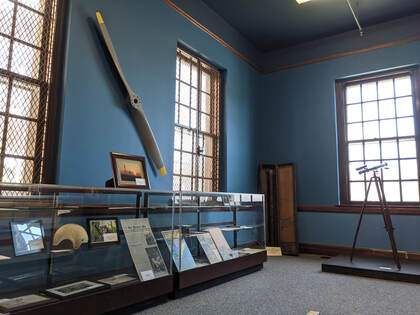
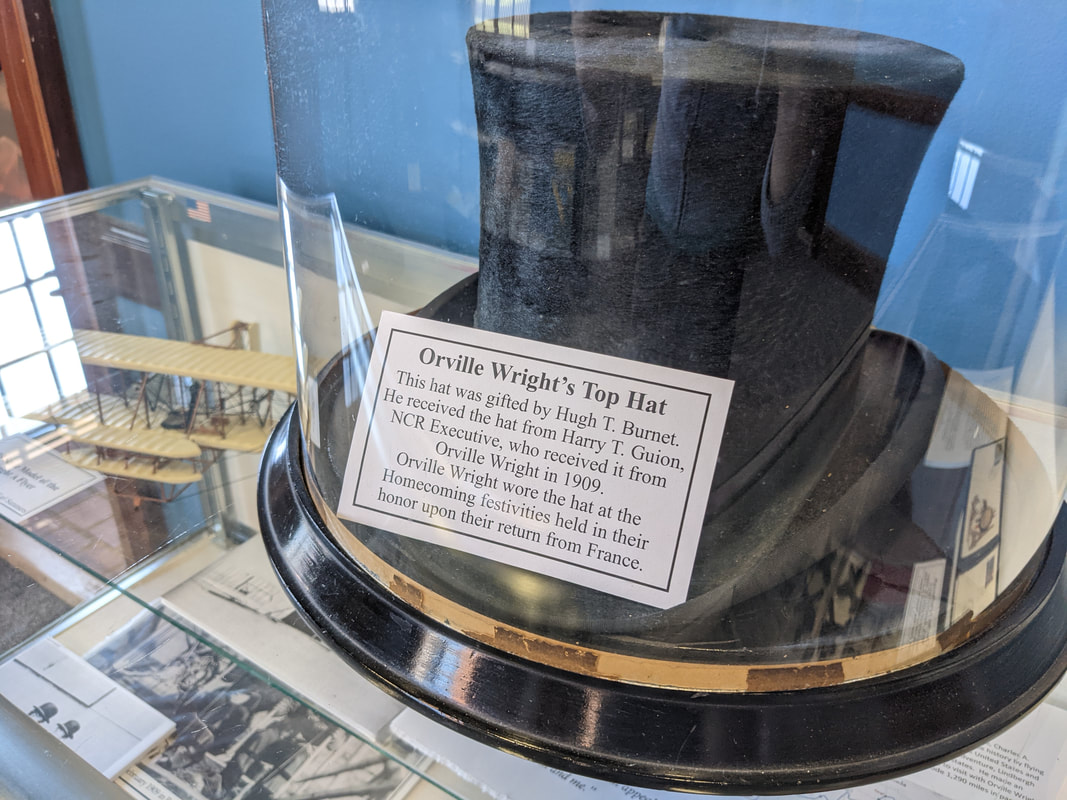
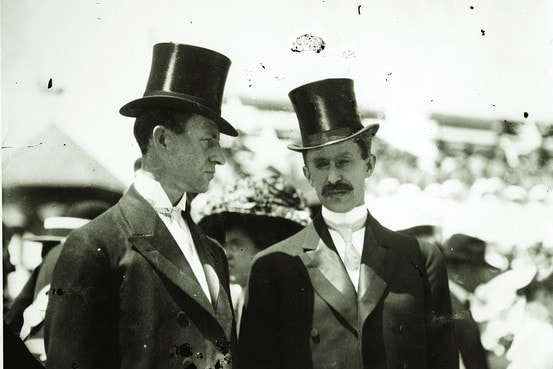

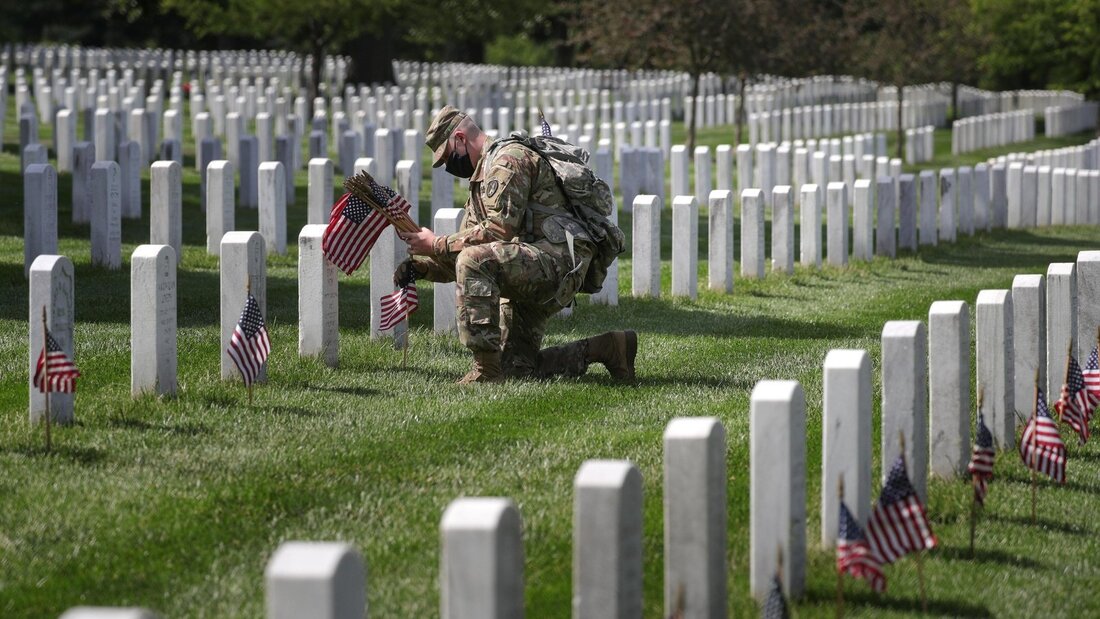
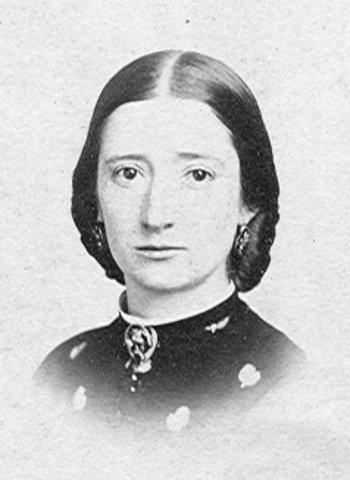
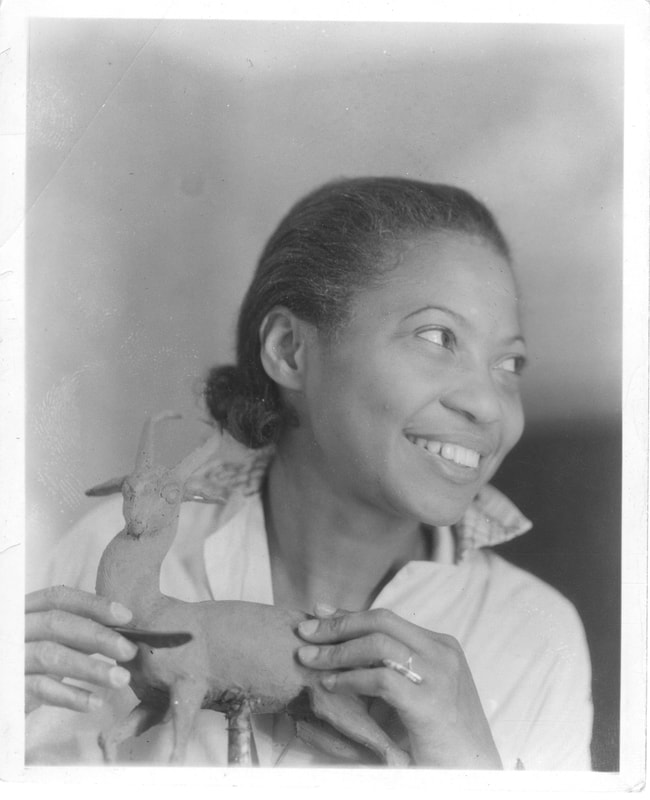
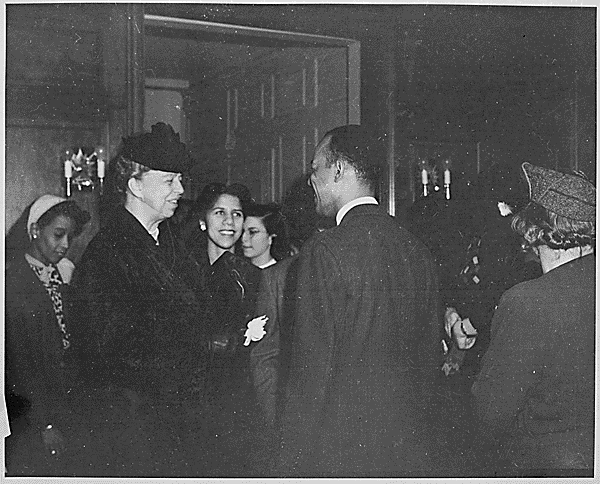
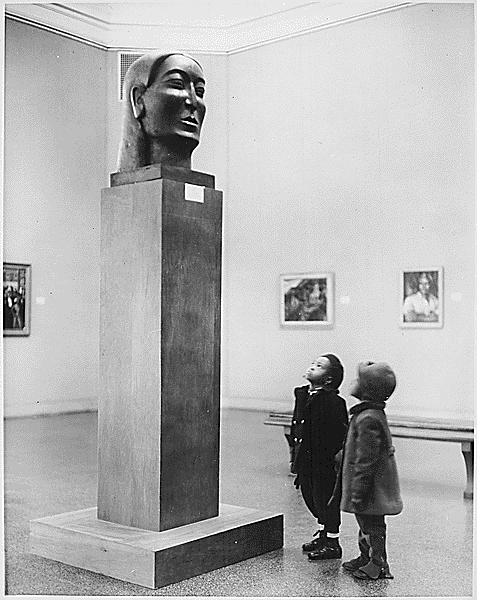
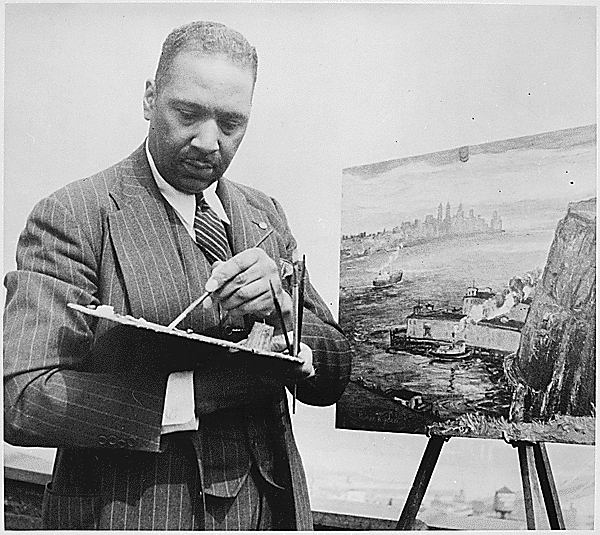
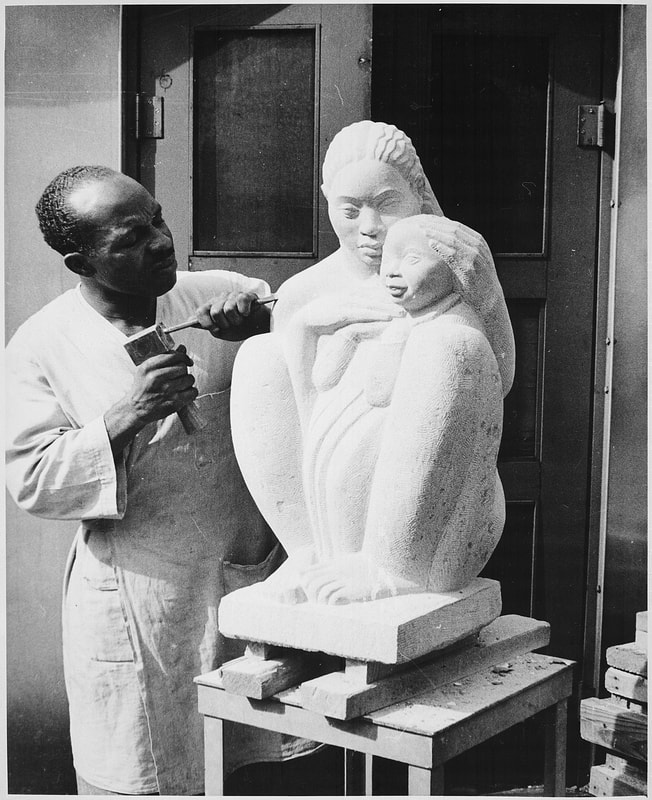
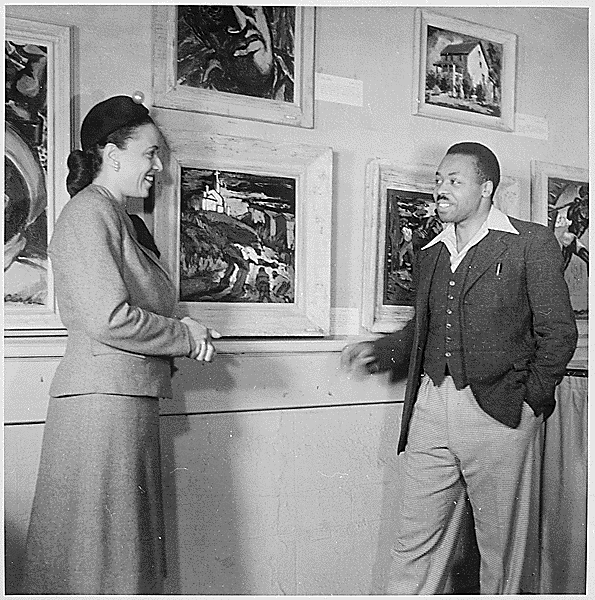
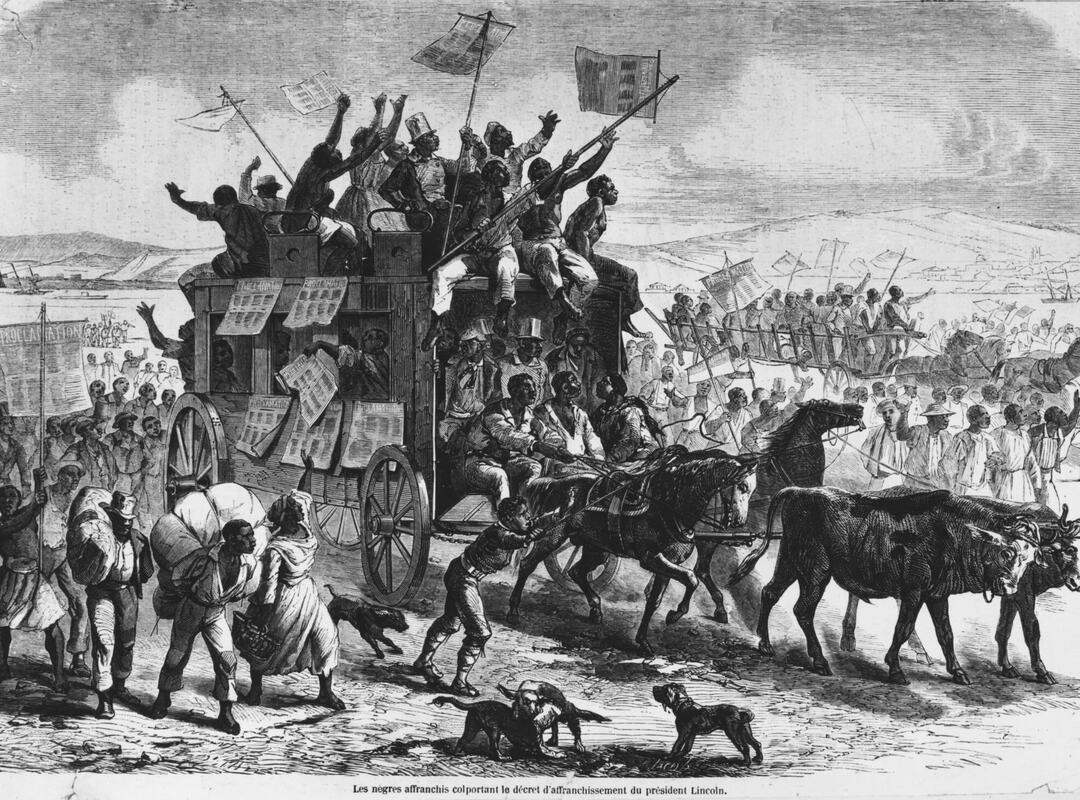
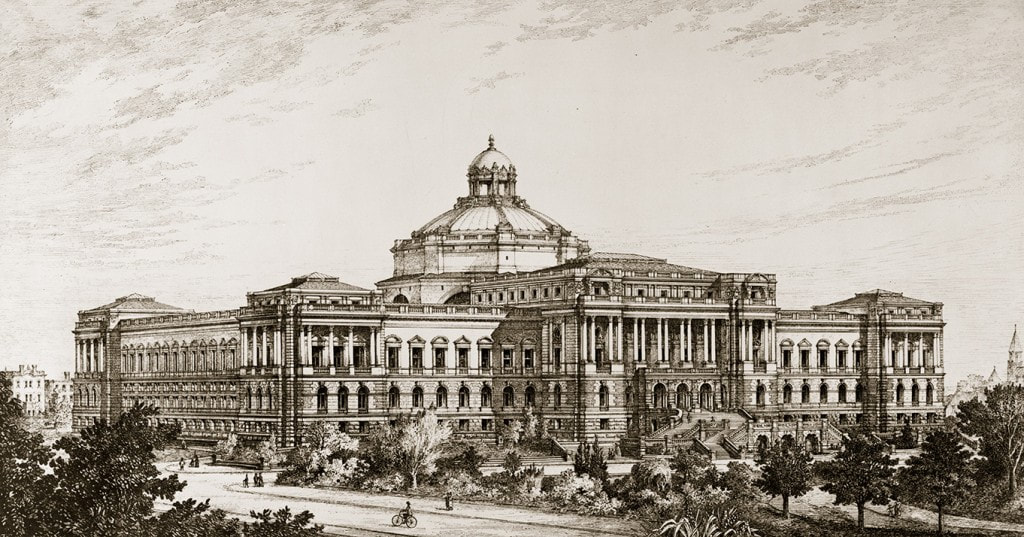
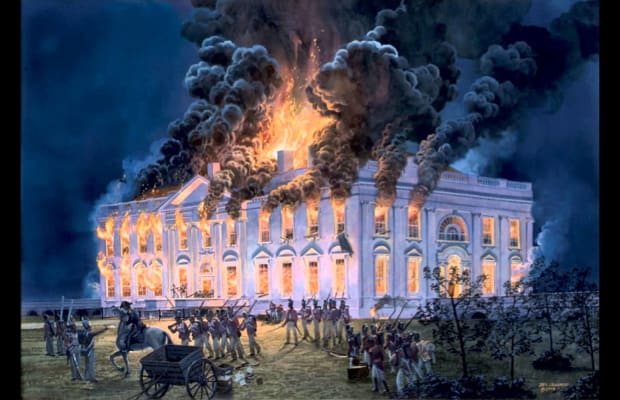
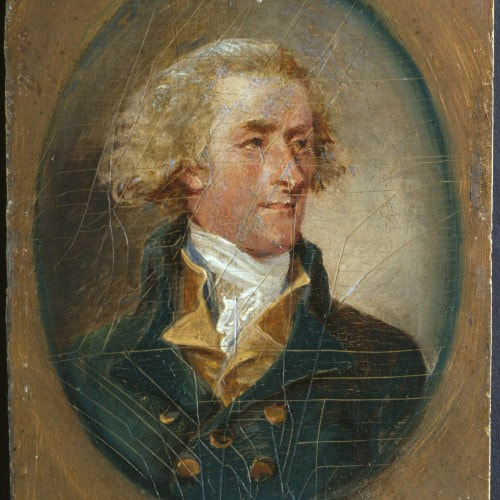
 RSS Feed
RSS Feed





